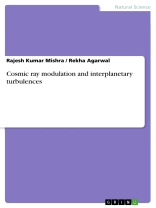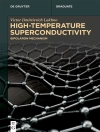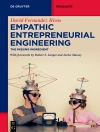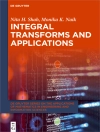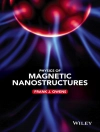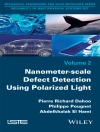Document from the year 2023 in the subject Physics – Other, , language: English, abstract: A lot of efforts have been made to find out the possible origin of the ‘high amplitude anisotropic wave trains’ of enhanced diurnal variation of cosmic rays and to develop a suitable realistic theoretical model, which can explain the different harmonics in individual days. The main objective of this work is to study the first three harmonics of high amplitude wave trains of cosmic ray intensity over the period 1981-1994 for Deep River neutron monitoring station and their association with different solar and interplanetary transients. The amplitude of all the three harmonics (diurnal/semi-diurnal/tri-diurnal) of HAE events significantly remains quite high and statistically constant as compared to the annual average amplitude for majority of the events, whereas the time of maximum significantly shifts towards earlier hours for first harmonic and towards later hours for second and third harmonic as compared to the co-rotational direction for majority of the events. The occurrence of HAE events is dominant, when the value of interplanetary magnetic field (B) remains in the range (4 -10 n T); the product Ap x Dst remains negative only the ion density remains 20. It is noteworthy that the occurrence of high amplitude day is dominant during solar activity minimum years (1986-87) and solar activity maximum years (1991-92). The amplitude as well as time of maximum of the cosmic ray diurnal anisotropy is positively correlated to the sunspot numbers during HAEs.
عن المؤلف
Dr. Rajesh Kumar Mishra, ICFRE-Tropical Forest Research Institute, Jabalpur (MP), India is an internationally acclaimed researcher in the field of astrophysics, cosmic rays, space science, electronics, computer science and forestry. He has a postgraduate degree in Physics and Mathematics. He has done his doctoral degree in space science. Dr. Mishra has more than 30 years experience in various branches of astrophysics, cosmic rays, space science, climate change, computer applications, web application, network application and database development, and forestry science.
He has more than 450 research publications in International and Nations journals in his credit. He is a life member of Indian Physics Association and Plasma Space science of India and member of Division of Plasma Physics, Association of Asia Pacific Physical Societies (AAPPS-DPP). He is working as Assistant Editor for the online open access magazine ‘Van Sangyan’ and Executive Board Member and Editorial Board Member for the journal Indian Journal of Tropical Biodiversity published by Society for Promotion of Tropical Biodiversity.
